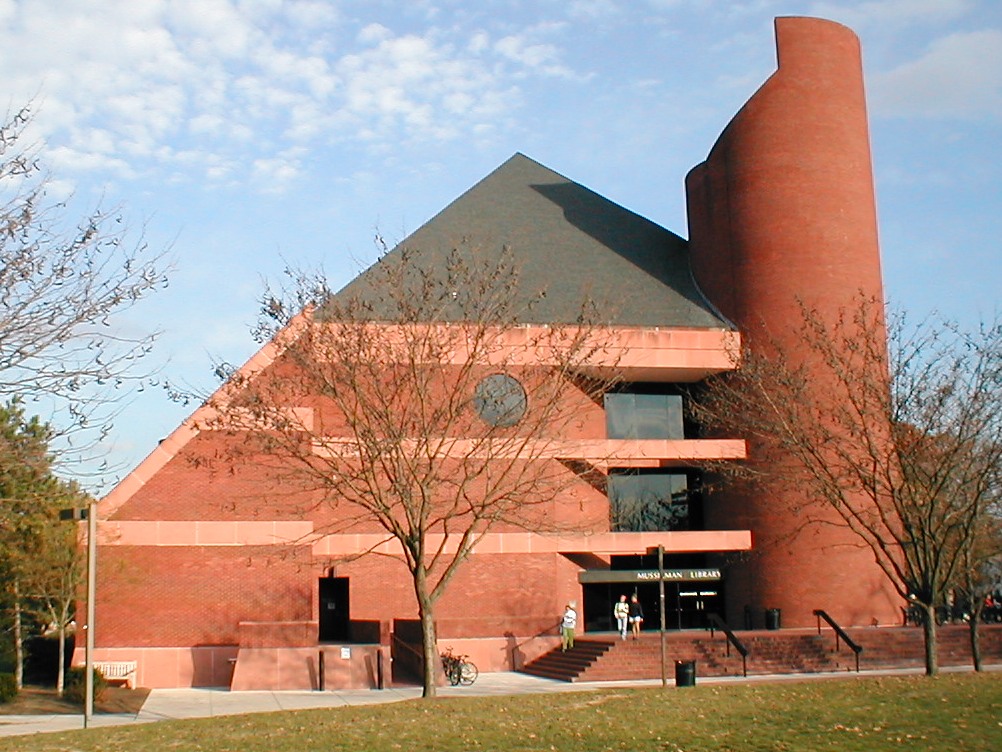Musselman Library holds lecture on Civil War era food
By Jeremy Porter, Staff Writer
Musselman Library hosted a public lecture as part of Gettysburg College’s Year of Food on Tuesday. The lecture, entitled “Hearth, Hardtack and Hospital: A Close Look (and Taste) of Civil War Era Food,” featured Barbara J. Sanders, an education specialist at Gettysburg National Military Park.
Sanders oversees the park’s student-education programs, which range from virtual field trips to Civil War storytelling at local schools. A lifelong lover of both history and food, she was excited by the opportunity to speak about her two passions within the same context.
Sanders began by discussing the role of food in the typical Civil War era household. Families of that time, she explained, were “viscerally connected” to the food they ate: it was grown and prepared locally and meals came to embody familial traditions and values. This connection with food certainly has not transcended time – most Americans, particularly children, do not know where their meals come from.
Sanders continued by describing commonly eaten meals in the era, at one point even outlining the parts of a slaughtered pig and how they were used (the inflation of its bladder to be used as a children’s toy was particularly surprising).
The second part of the lecture focused on food for soldiers in battle. Sanders brought out a tray and showed the audience a typical marching ration for a Union soldier in 1861. The ration, which was intended to be three days’ worth of food, consisted of one pound of hardtack (a dried out, rock-hard biscuit designed to resist mold and insect infestation), and small amounts of salted pork, roasted coffee, sugar, and salt – not exactly your typical Servo meal. These rations would sometimes include hominy, rice, peas, and beans.
Confederate troops generally got less, in part due to Union blockades, and relied more on foraging for food. Soldiers were generally given a knife, fork or spoon, and a tin cup, plate, or dipper. Sometimes, though, they had to be more creative: the socket end of a bayonet was frequently used to mash coffee beans, for instance.
Sanders concluded the lecture by giving a brief rundown of the role of food in Civil War hospitals. She explained how medical practices at the time, like bloodletting, were not much more advanced than those of Hippocrates. Books like “The Hospital Steward’s Manual” by Joseph Janvier Woodward called for administering a series of specific diet plans depending on the patient’s condition. This series ranged from a full diet, which consisted of bread and butter, meat, vegetables, and coffee or tea, to special diets designed with particular ailments in mind, such as soups for patients who could not chew.
Hospital banquets, however, featured a plethora of meats and fruits and an ice cream dessert. The idea of serving good-tasting, high quality food in hospitals was groundbreaking.
Dr. Jonathan Letterman, considered the “Father of Battlefield Medicine,” recognized that digestion is aided by relish. In other words, soldiers would get more nourishment out of their food if they enjoyed it. Sanders finished by reading a line from a hospital diary, which described how the troops happily feasted on ice cream at the end of a banquet. She told the audience, among chuckles, that she loved the quote because it shows just how little has changed in 150 years: people got excited over ice cream then and still do today.
After the lecture, attendees were led out to a table in the basement of the library, where they could feast on some dishes from the Civil War era. Among the foods on the table were beef tea, a peppery hot beef broth served in hospitals, and hardtack (which is so hard that you need to chew it with your molars – I speak from personal experience). Sanders encouraged foodies and history buffs alike to further explore the role of food in history because food is woven throughout the fabric of human culture.
While historians can smell gunpowder, hear a cannon shot, see a battlefield, and touch artifacts, she explained, taste is “the closest we can get to time traveling.”

